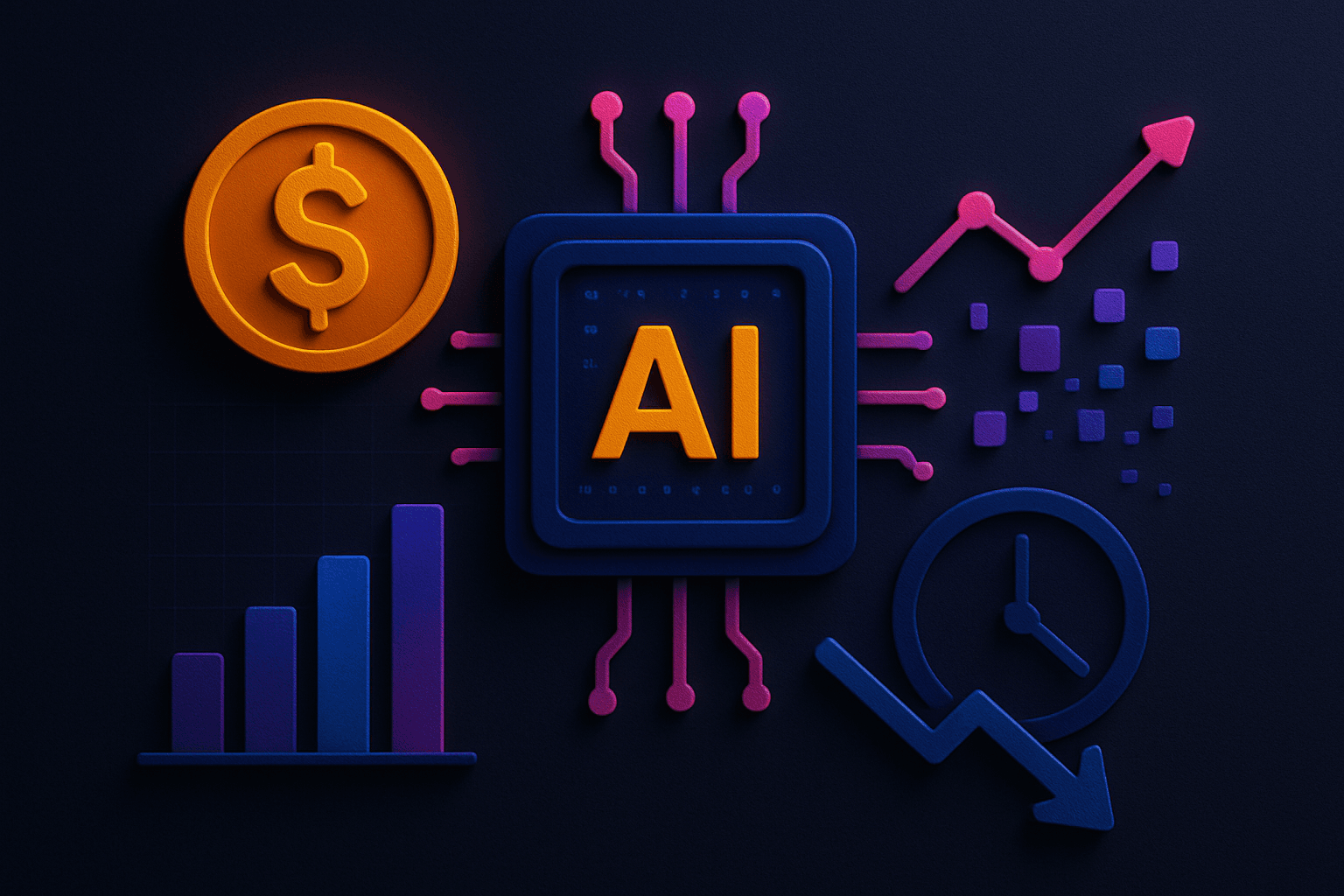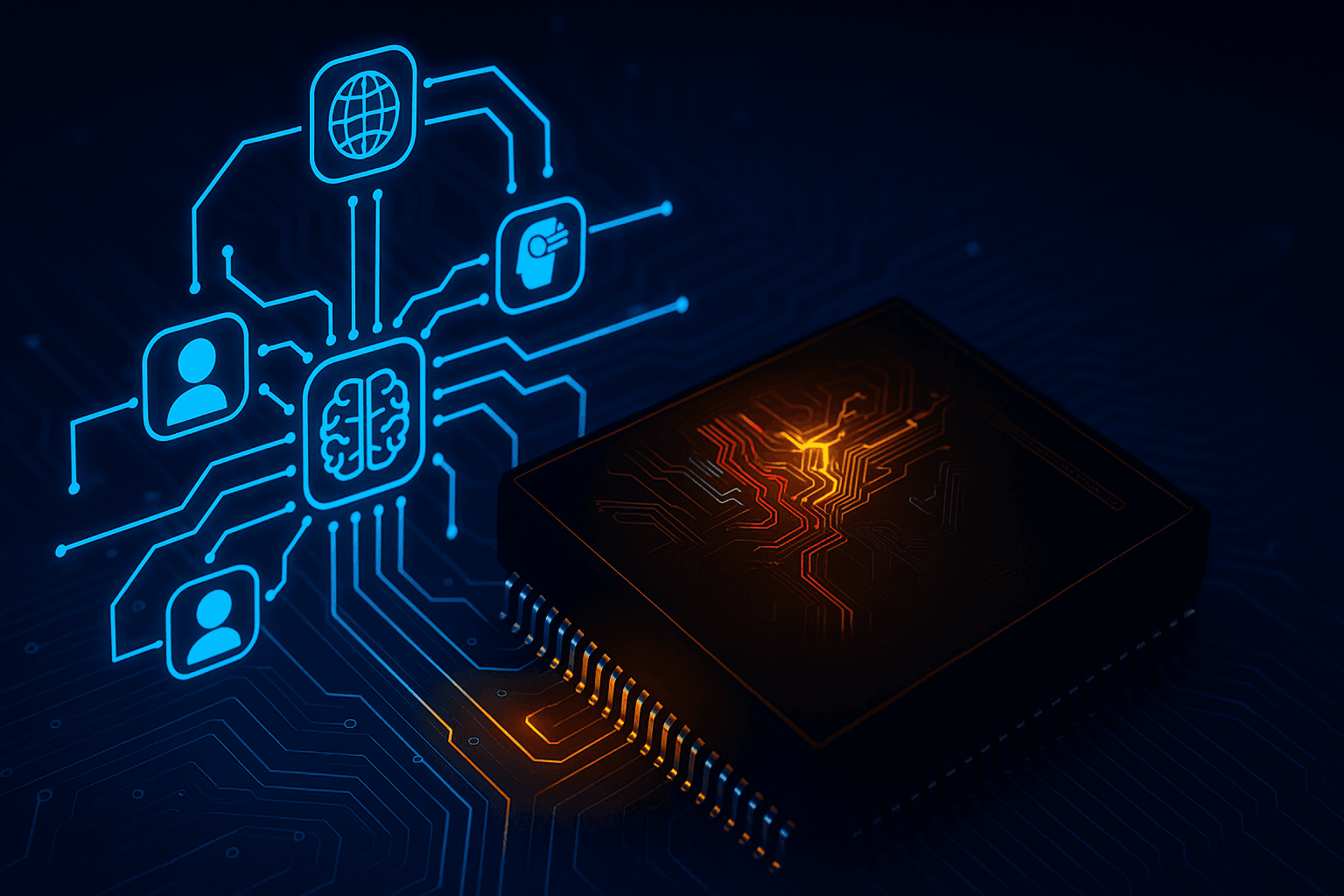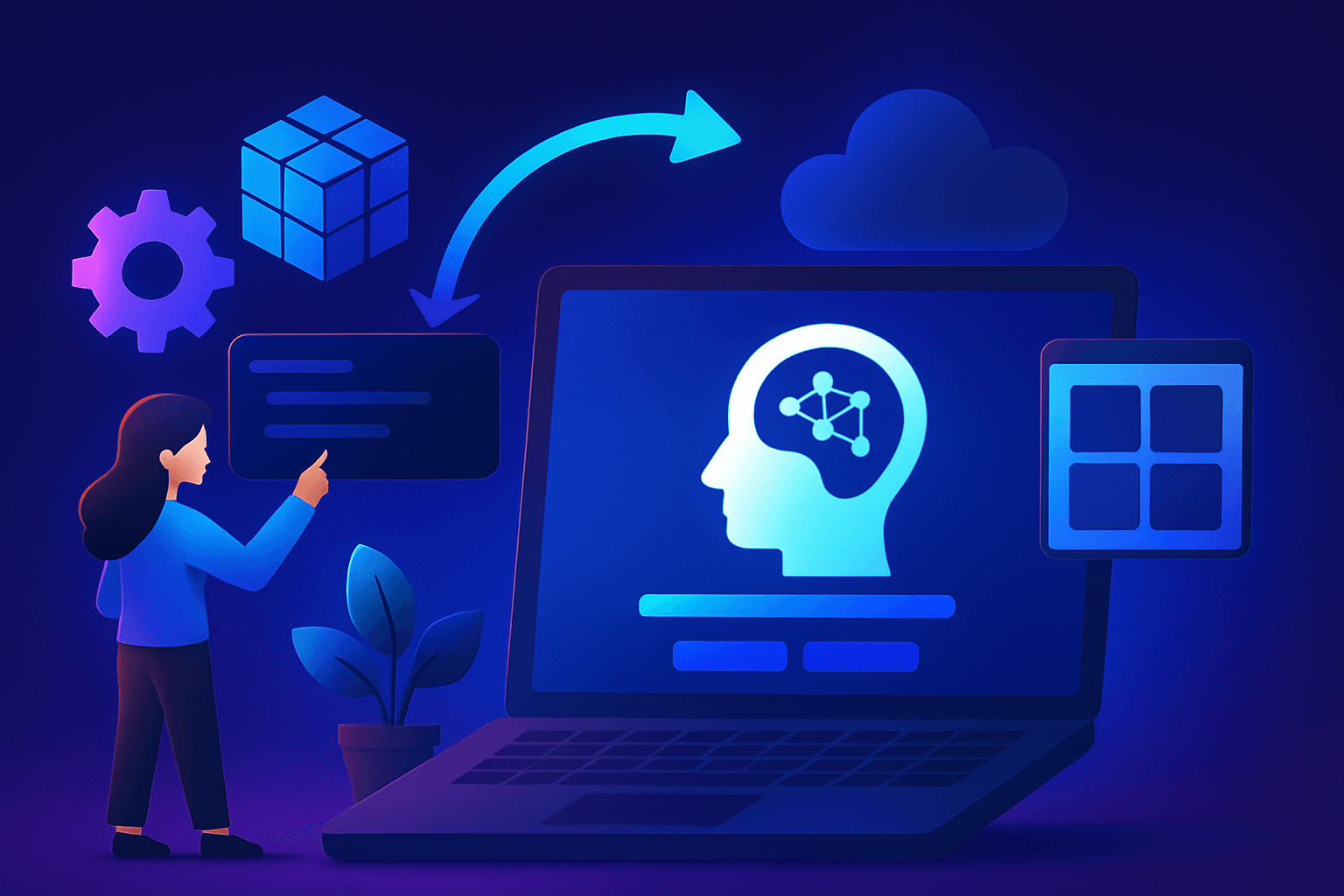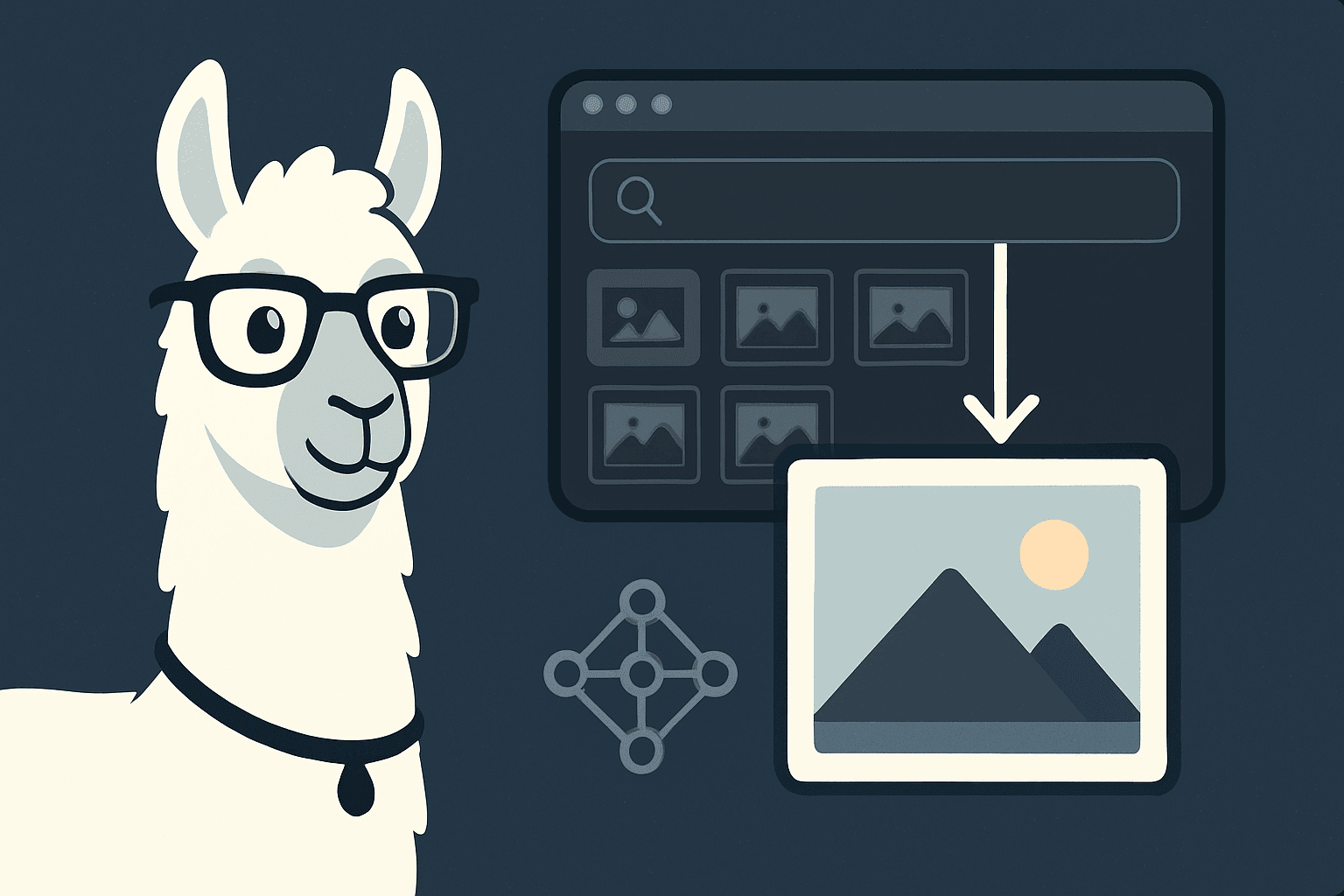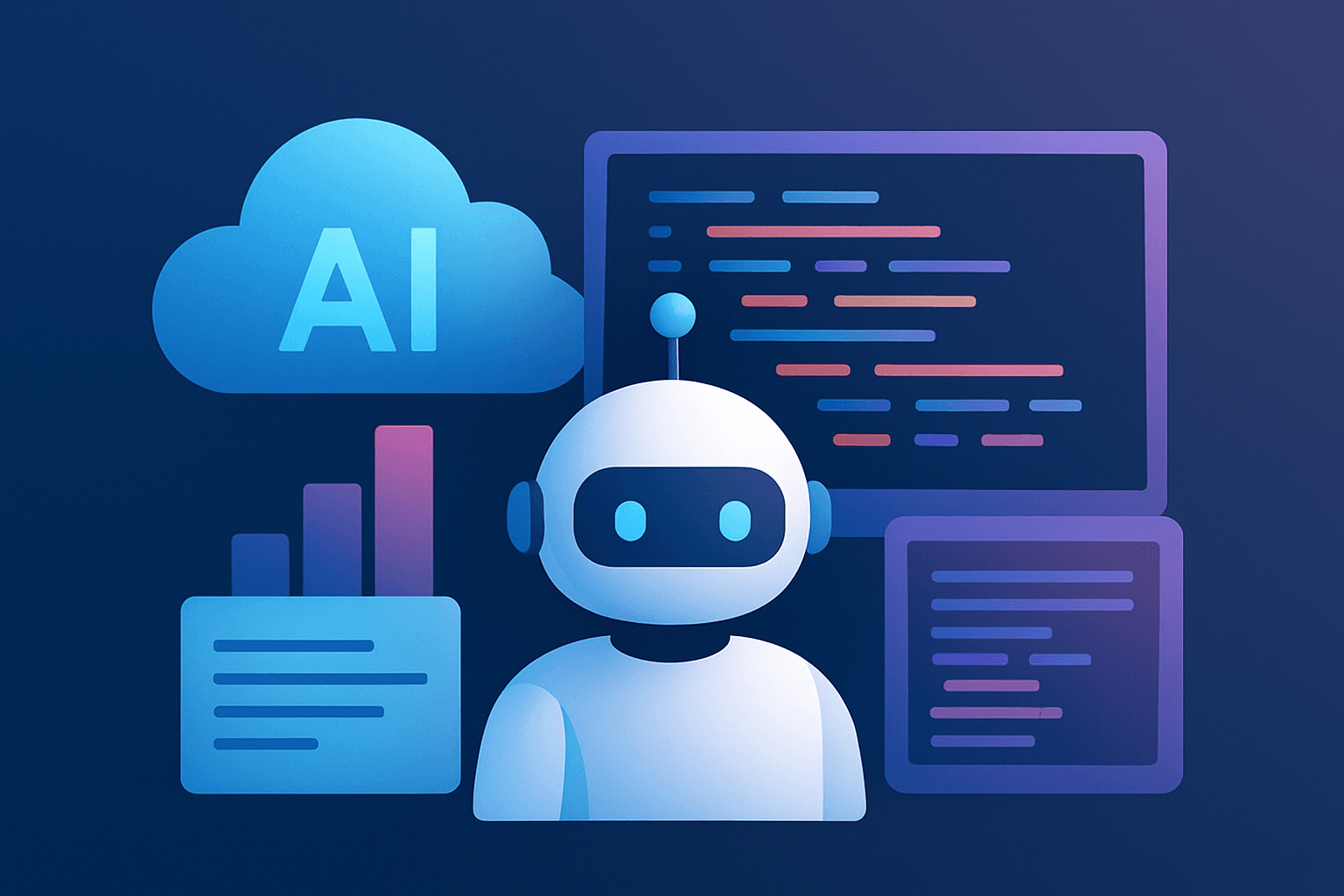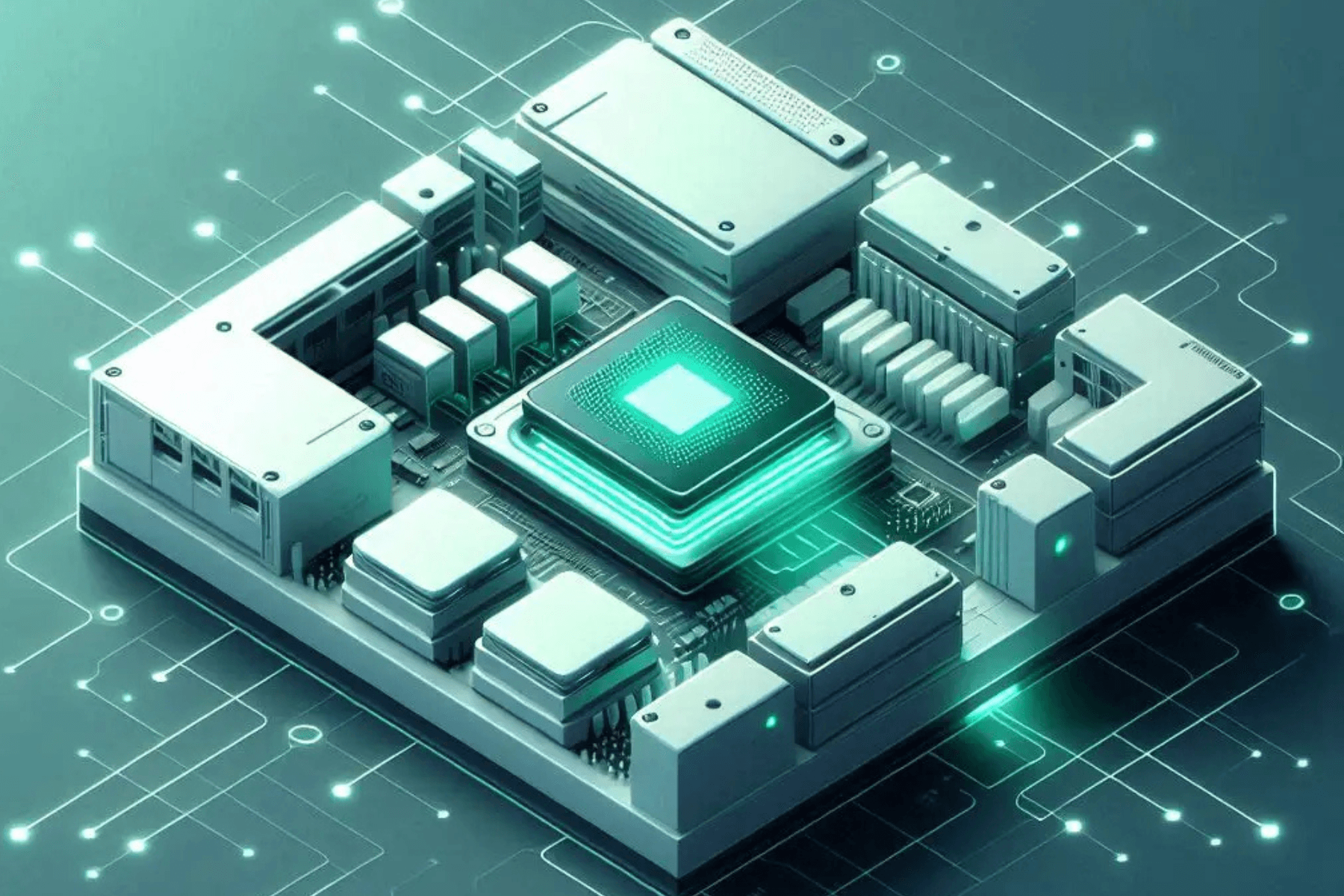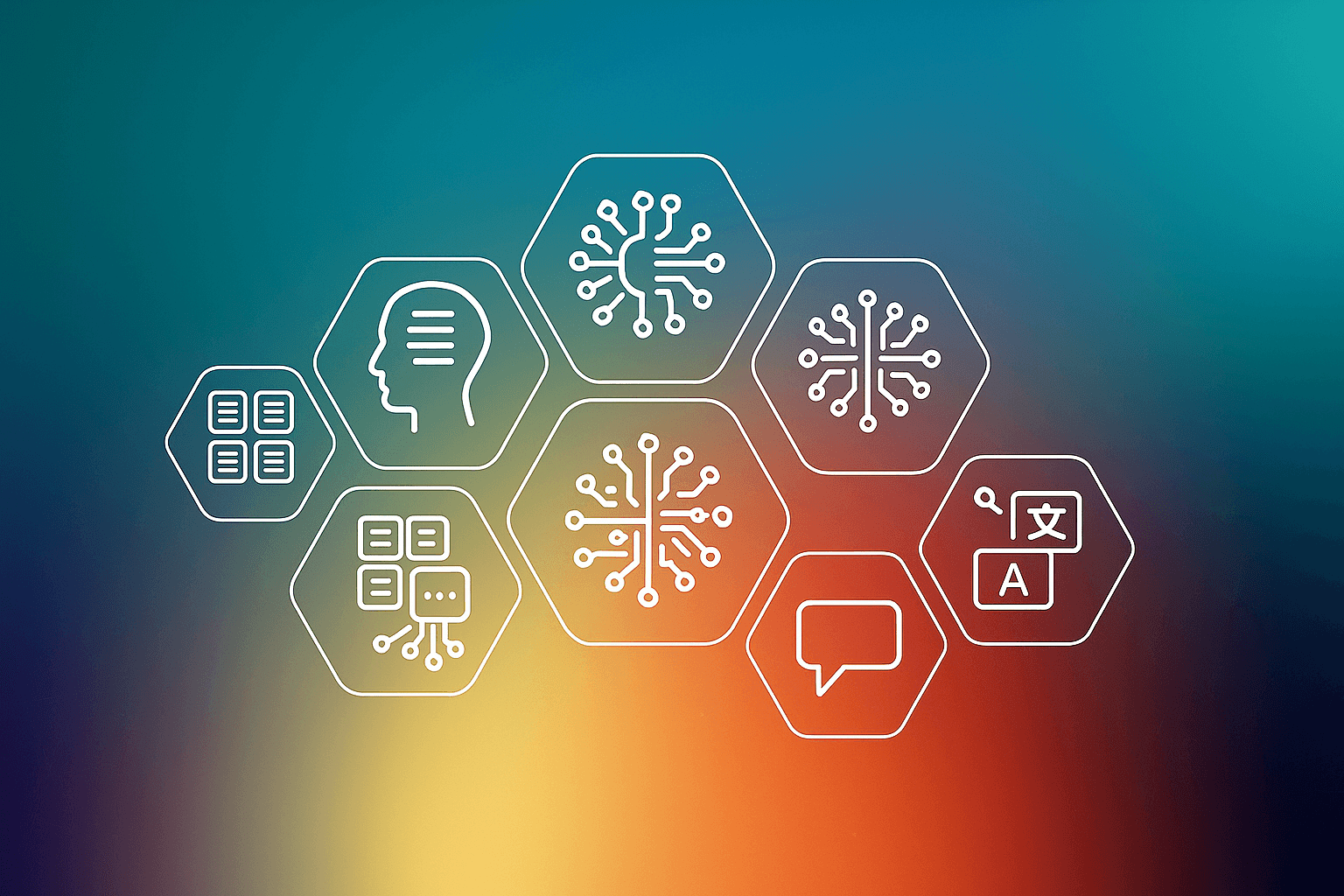Python has been a game-changer for software developers and data specialists for a while now. The more you dive into automation, intelligence insights, and streamlining process tasks, proficient knowledge and practice of Python language emerge as a great skill to have. As per Python developer survey 2018, it was found that about 84% of developers prefer Python as their main language.
If you are a developer or data scientist, you might be aware of open-source Python libraries that can be used in data science to make your Python data tasks easier.
The list of Python libraries or packages is quite big. The usage of these libraries is spread across several domains. But in this article, I have curated a list of the 9 most popular Python libraries that are useful for data science and machine learning tasks.

1. Pandas
Pandas is an open-source Python library created for fast, flexible, high-performance, easy-to-use, and expressive data structures. It was designed to help data scientists work easy and intuitive for both labeled and relational data. It is highly stable and uses a series (one-dimensional like list)and data frames (two-dimensional like a table with multiple columns) data structure. It is a must-have library for quick and easy data manipulation, data wrangling or munging, and data visualization.
2. NumPy
NumPy, as the name suggests, is an ideal library to process basic and advanced multi-dimensional array operations, generating random numbers, and handling linear algebra. It empowers TensorFlow and other machine learning platform operations internally. It is a general-purpose array processing library that is distributed under a BSD license. It makes array operations easy by processing arrays with the same data type values. Proficient knowledge and understanding of NumPy can help you in making a good presence in the artificial learning or data science domain.
3. SciPy
SciPy is the other popular Python library used by data scientists, researchers for efficient mathematical operations like optimization, fast Fourier transform, image processing, and optimization, and linear algebra. It was designed to work with NumPy array objects and is a part of SciPy Stack that includes tools like Pandas, Matplotlib tools, etc. SciPy uses the multi-dimensional array data structure provided by the NumPy library for array manipulation subroutines. If you have just begun your journey as a data scientist, the SciPy library will guide you through the numerical computation concepts.
4. Matplotlib
Matplotlib library is a standard data visualization library used for generating two-dimensional graphs and diagrams. Matplotlib is one of the useful libraries in data science projects that helps in generating scatterplots, non-Cartesian coordinates graphs, bar charts, histograms, error charts by writing only a few lines of code. Python today is competing with advanced tools like MATLAB or Mathematica because of this data visualization library. It is user-friendly and provides an object-oriented API to help developers in embedding graphs and plots into their programs or applications.
5. Scikit Learn
Came into existence as Google Summer of Code Project, Scikit Learn has become one of the most popular libraries for data mining and data analysis tasks. It was built on the top of Numpy and SciPy libraries for specific machine learning functionalities such as classification, image processing, regression, model selection, pre-processing, customer segmentation, dimensionality, clustering, etc. It offers a wide range of machine learning algorithms (both supervised and unsupervised) via a consistent interface in Python. Unlike NumPy and Pandas, it focuses only on modeling data.
6. TensorFlow
Developed by the Google Brain team, TensorFlow is a popular computational framework for deep learning and machine learning. It is an artificial intelligence library that allows the easy deployment of machine learning applications and facilitates the deep learning models development. It helps data scientists or developers to work with artificial neural networks that need to manage large data sets. Its use is not limited to only scientific computation rather; it is widely used in speech recognition, object identification, classification, face recognition, video detection, etc.
7. Theano
Theano is the other useful library to perform computing operations for large multi-dimensional arrays. It is similar to TensorFlow but not that efficient. It is tightly integrated with the NumPy library and shares a similar interface. It uses GPU based infrastructure that processes operations in faster and quicker ways than CPU. It can perform 140 times faster computation than CPU. Due to in-built unit-testing and validation tools, Theano automatically avoids errors and bugs when processing exponential functions.
8. Keras
Keras is one of the most powerful, user-friendly neural network Python libraries used in machine learning for building and training deep neural network code. It runs on top of TensorFlow, Theano, and Microsoft integrated CNTK (Microsoft Cognitive Toolkit) to serve as a backend. Keras offers high-level APIs to help developers working with images and text a lot easier. Keras is your best option if you are dealing with deep learning libraries for your work. Keras allows you to perform tasks such as computing loss functions, determine percentage accuracy, etc.
9. PyTorch
PyTorch is one of the largest machine learning libraries that is used in designing dynamic computational graphs, calculate automatic gradients, and fast tensor computations. It offers several tools that support deep learning, machine learning, computer vision, and natural language processing. It is based on the open-source C implemented Torch library with a wrapper in Lua. It provides a cloud-based environment to allow easy scaling of resources in testing or deployment.
For more information, check out the GitHub PyTorch page.
Conclusion
Python offers a lot of other tools helpful in the data science and machine learning domain, which makes it so popular and a must-have asset. Python has a big community of developers wherein developers create their libraries and expose them to general audiences later for their benefit. According to the PlaTo Survey report given by AIM, around 53.3% of data scientists prefer Python over other languages. Python has more than 137000 libraries that are used across multiple domains. To stay on the subject, we have listed only the top 9 libraries that are used the most in the data science and machine learning domain. For more blogs on data science and cloud computing, checkout E2E Networks website. Also if you are interested in taking a GPU server trial feel free to reach out to me @ 7795560646.
